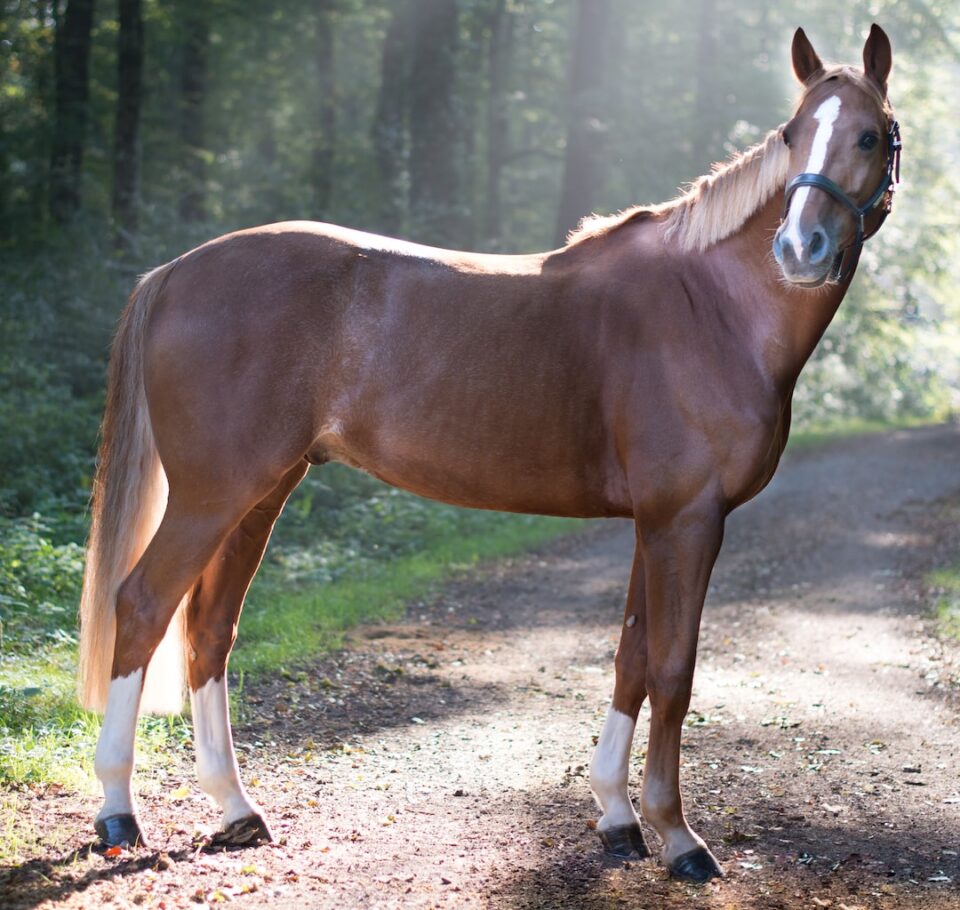The Unique Features of Koalas: Adapting to Life in the Eucalyptus Forests
Koalas, with their adorable round faces and fuzzy bodies, are not only iconic but also fascinating animals. Native to Australia, they have captivated the hearts of people around the world. These cuddly creatures possess several unique features that have allowed them to adapt to their specialized habitat—the eucalyptus forests. In this blog post, we will explore the incredible adaptations that make koalas such remarkable beings.
First and foremost, koalas are specifically adapted to survive on a diet consisting almost entirely of eucalyptus leaves. While eucalyptus leaves are highly abundant in the Australian forests, they do not provide much nutritional value, and are also toxic to other animals. However, koalas possess a digestive system unlike any other mammal, which allows them to efficiently break down and process these leaves. Their liver, for instance, has an exceptionally large size to help detoxify the compounds found in eucalyptus leaves. Additionally, their digestive tract possesses special adaptations, such as a long cecum, which allows for the fermentation of the cellulose in the leaves. These unique features enable koalas to extract the necessary nutrients from this challenging diet.
Another remarkable feature of koalas is their ability to conserve water. Eucalyptus leaves are low in water content, making dehydration a constant challenge. To counter this, koalas have developed several water-saving adaptations. Firstly, their kidneys are highly efficient at reabsorbing water, minimizing water loss through urine production. Moreover, koalas obtain a significant portion of their water requirements directly from the leaves they consume. They can extract water from the eucalyptus leaves’ low moisture content by breaking down the leaves in their digestive system. This adaptation helps them survive in the dry climate of the eucalyptus forests.
Koalas have also evolved distinctive structural features, ideal for their arboreal lifestyle. Their strong limbs and sharp claws are perfectly suited for climbing trees. Koalas spend a majority of their time in eucalyptus trees, vertically positioning themselves on branches, and rarely descending to the forest floor. Their sturdy arms and legs enable them to effortlessly grip onto tree trunks and branches, providing them with stability while they sleep, feed, or travel from one tree to another. Additionally, koalas possess two thumbs on their front paws, which are opposable to the other digits. This unique adaptation aids in grasping and holding onto branches, allowing them to move with ease through the trees.
The distinct appearance of koalas is another feature that sets them apart from other animals. Their thick, wooly fur acts as insulation from both hot and cold temperatures. This fur protects them during the hot summers in the eucalyptus forests, while also keeping them warm during the chilly nights. Furthermore, the fur contains a layer of oil that helps repel water, ensuring that the koalas remain dry even during rainfall. This waterproofing characteristic is particularly vital since staying dry is crucial for their overall well-being and preventing the growth of mildew or fungi in their dense fur coat.
Lastly, the behavior of koalas adds to their uniqueness. While they are solitary animals, they do have social interactions within their community. Dominant males have defined territories, which overlap with the territories of several females. Mating occurs during specific seasons, and the young koala, called a joey, clings onto its mother’s back for several months until it grows big enough to move independently. This maternal care is crucial for the survival and development of the young koala.
In conclusion, koalas have developed numerous adaptations that allow them to thrive in the eucalyptus forests of Australia. Their ability to consume and digest toxic eucalyptus leaves, conserve water, utilize their unique physical attributes, and maintain their fur’s condition, all contribute to their successful adaptation. Their solitary yet social behavior, along with maternal care, further adds to their remarkable nature. These features combined make koalas one of the most fascinating and lovable creatures on our planet.

